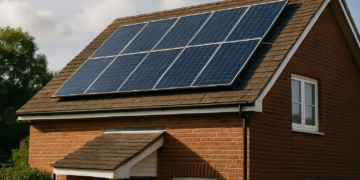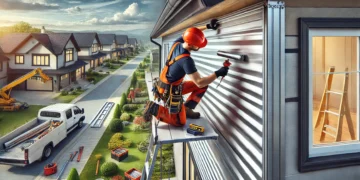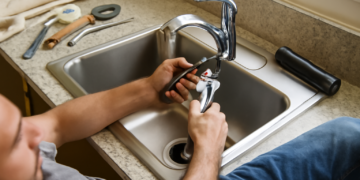Winter is just around the corner, and that means our homes must be protected against the snowy and frosty days ahead. Winterizing your home is about more than just staying warm; it means energy efficiency and savings as well. Find out here the top 15 clever ways to winterize your house and keep the expenses low. Let the house be your warm home of calm amid the snowstorm.
1. Seal Windows and Doors
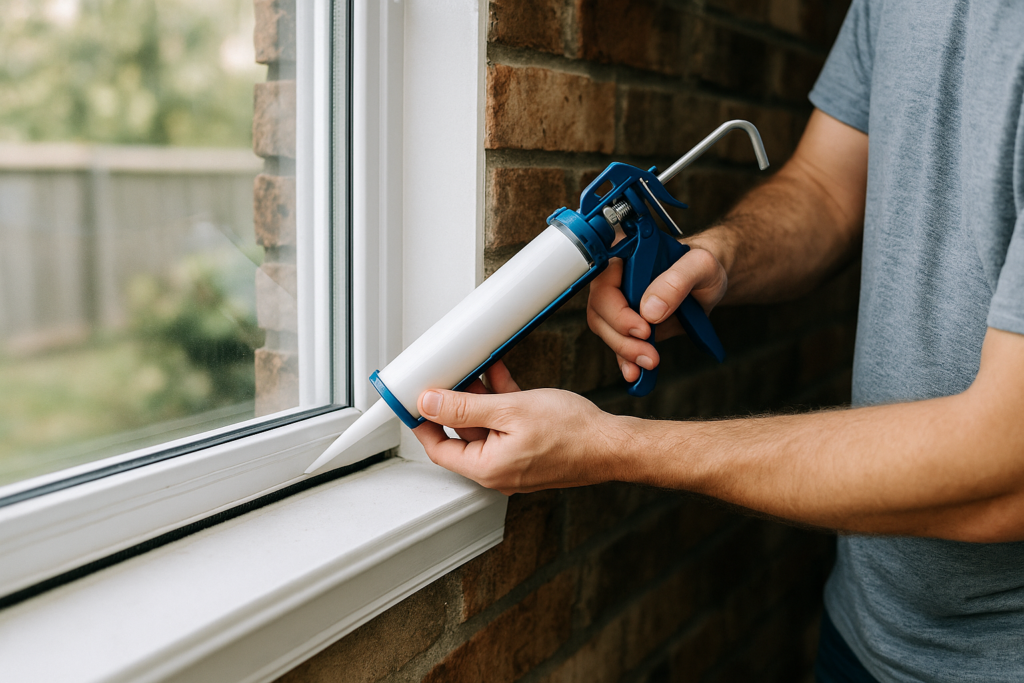 The first winterizing step is to see if air passes through. Sealing windows and doors is instrumental in achieving this. Weatherstrip or use a bead of caulk to fill in gaps that can result from normal wear and tear. For detailed guidance on how to effectively seal air leaks around your windows and doors, the U.S. Department of Energy’s website offers helpful resources.
The first winterizing step is to see if air passes through. Sealing windows and doors is instrumental in achieving this. Weatherstrip or use a bead of caulk to fill in gaps that can result from normal wear and tear. For detailed guidance on how to effectively seal air leaks around your windows and doors, the U.S. Department of Energy’s website offers helpful resources.
2. Insulate the Attic
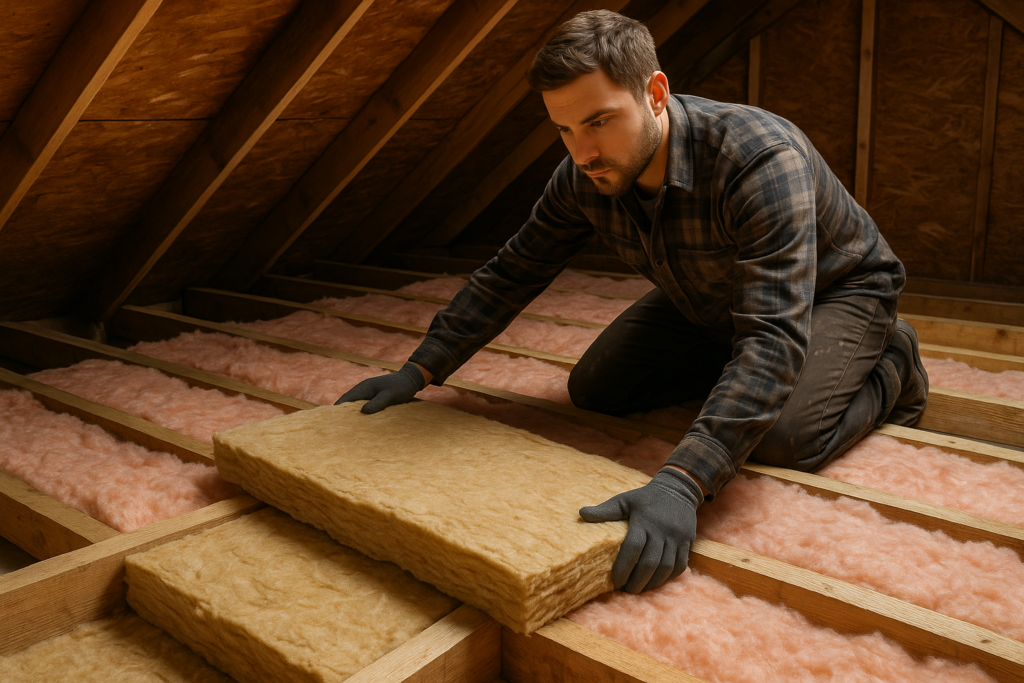 An insulated attic is the most important factor in keeping the interior of a home warm. Laying more insulation on the layer below the attic to the first sloped portion of the ceiling system as a precautionary measure will make the barrier stronger against the cold and will prevent overheating from the attic in the summer months as well.
An insulated attic is the most important factor in keeping the interior of a home warm. Laying more insulation on the layer below the attic to the first sloped portion of the ceiling system as a precautionary measure will make the barrier stronger against the cold and will prevent overheating from the attic in the summer months as well.
3. Service Your Heating System
 One should perform a regular checkup/maintenance of their heating system, which is crucial. Qualified individuals are to be given the opportunity to check and service your furnace or boiler so that the system can operate efficiently during the winter months. The Air Conditioning Contractors of America (ACCA) provides valuable resources emphasizing the importance of professional HVAC maintenance.
One should perform a regular checkup/maintenance of their heating system, which is crucial. Qualified individuals are to be given the opportunity to check and service your furnace or boiler so that the system can operate efficiently during the winter months. The Air Conditioning Contractors of America (ACCA) provides valuable resources emphasizing the importance of professional HVAC maintenance.
4. Install a Programmable Thermostat
 A smart thermostat can cool the house by turning the air conditioning on at the arrival of the family home and then turning off the heating/AC unit after being on for 30 minutes to keep the home at a lower temperature. Ensure that the system is off at night and during the day to save some electricity fees.
A smart thermostat can cool the house by turning the air conditioning on at the arrival of the family home and then turning off the heating/AC unit after being on for 30 minutes to keep the home at a lower temperature. Ensure that the system is off at night and during the day to save some electricity fees.
5. Reverse Ceiling Fans
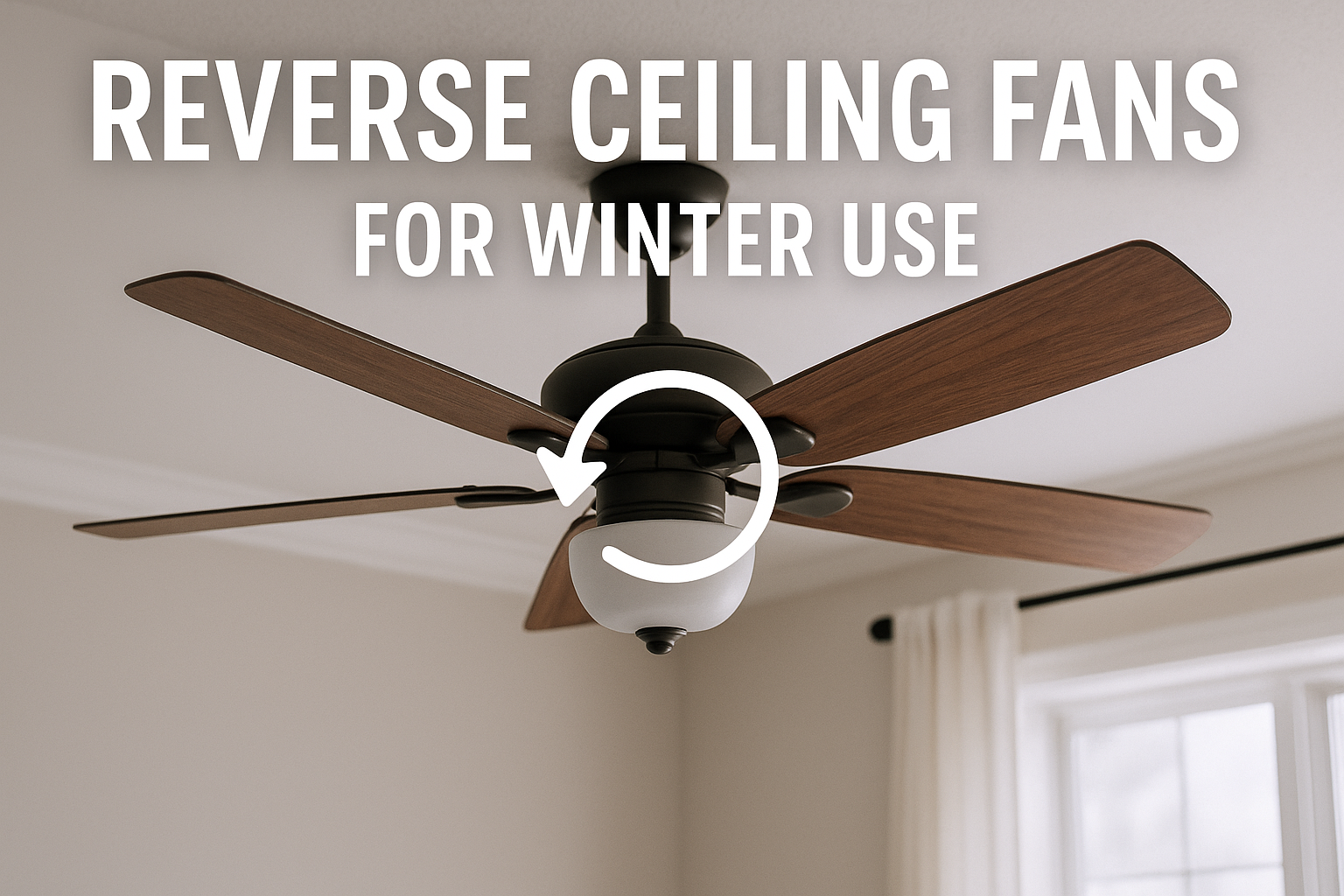 Most people aren’t aware that they can use their ceiling fans during the winter season. If ceiling fans are exciting, direct the fans to carry heat down and follow the heating mode. For clear instructions on how to reverse ceiling fans for winter use, many manufacturers, such as Hunter Fan Company, provide guides on their websites.
Most people aren’t aware that they can use their ceiling fans during the winter season. If ceiling fans are exciting, direct the fans to carry heat down and follow the heating mode. For clear instructions on how to reverse ceiling fans for winter use, many manufacturers, such as Hunter Fan Company, provide guides on their websites.
6. Clean Gutters and Downspouts
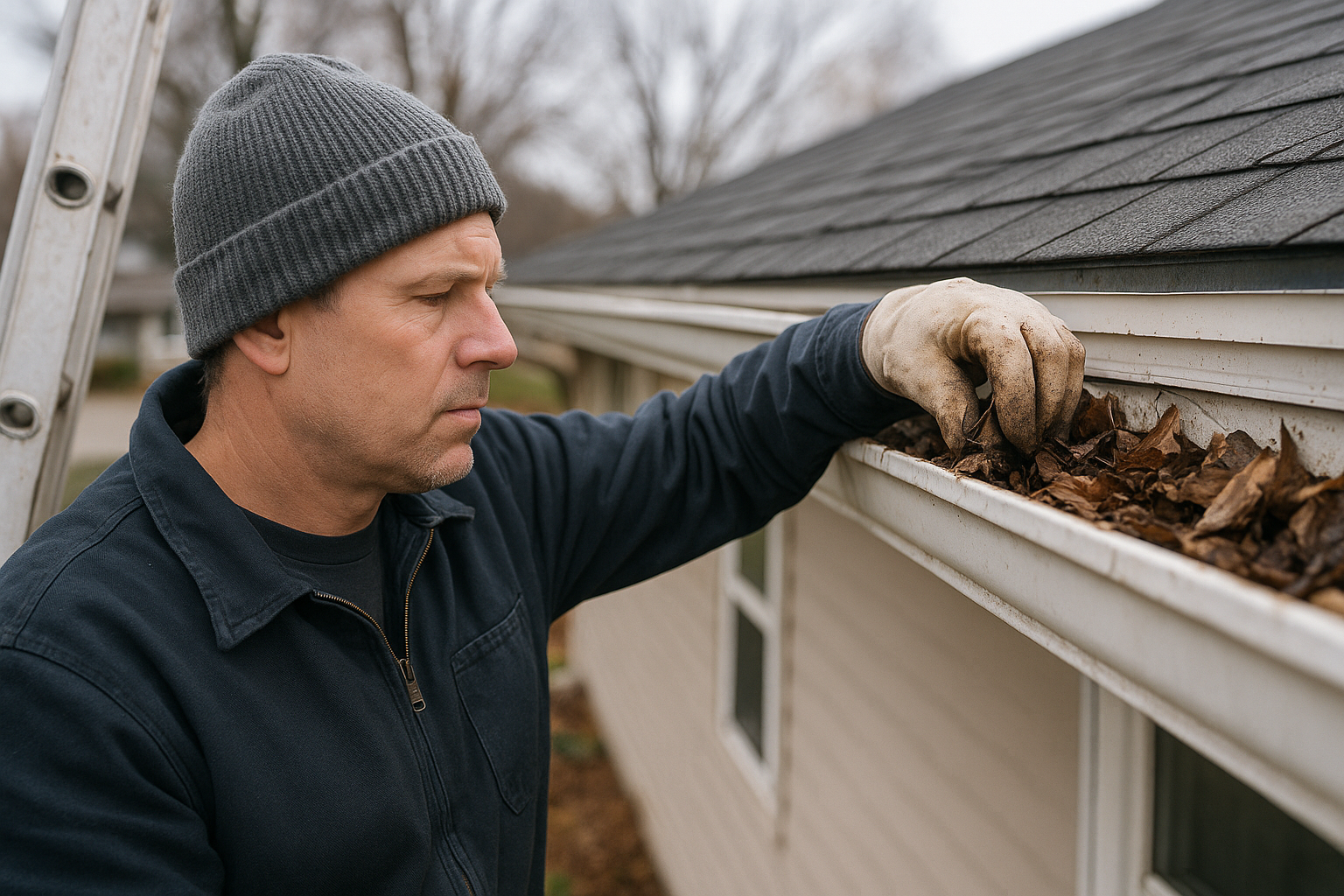 It is possible to cause ice dams and water damage when clogged gutters are cleared. Get rid of debris, leaves, and other assorted junk that might have collected thanks to the leaves falling during autumn, and the thorough cleansing will enable gutters and downspouts to drain water away from the house effectively. Performing a thorough clean of gutters and downspouts is a vital task also covered in our top 20 must-haves for your home maintenance checklist.
It is possible to cause ice dams and water damage when clogged gutters are cleared. Get rid of debris, leaves, and other assorted junk that might have collected thanks to the leaves falling during autumn, and the thorough cleansing will enable gutters and downspouts to drain water away from the house effectively. Performing a thorough clean of gutters and downspouts is a vital task also covered in our top 20 must-haves for your home maintenance checklist.
7. Protect Pipes from Freezing
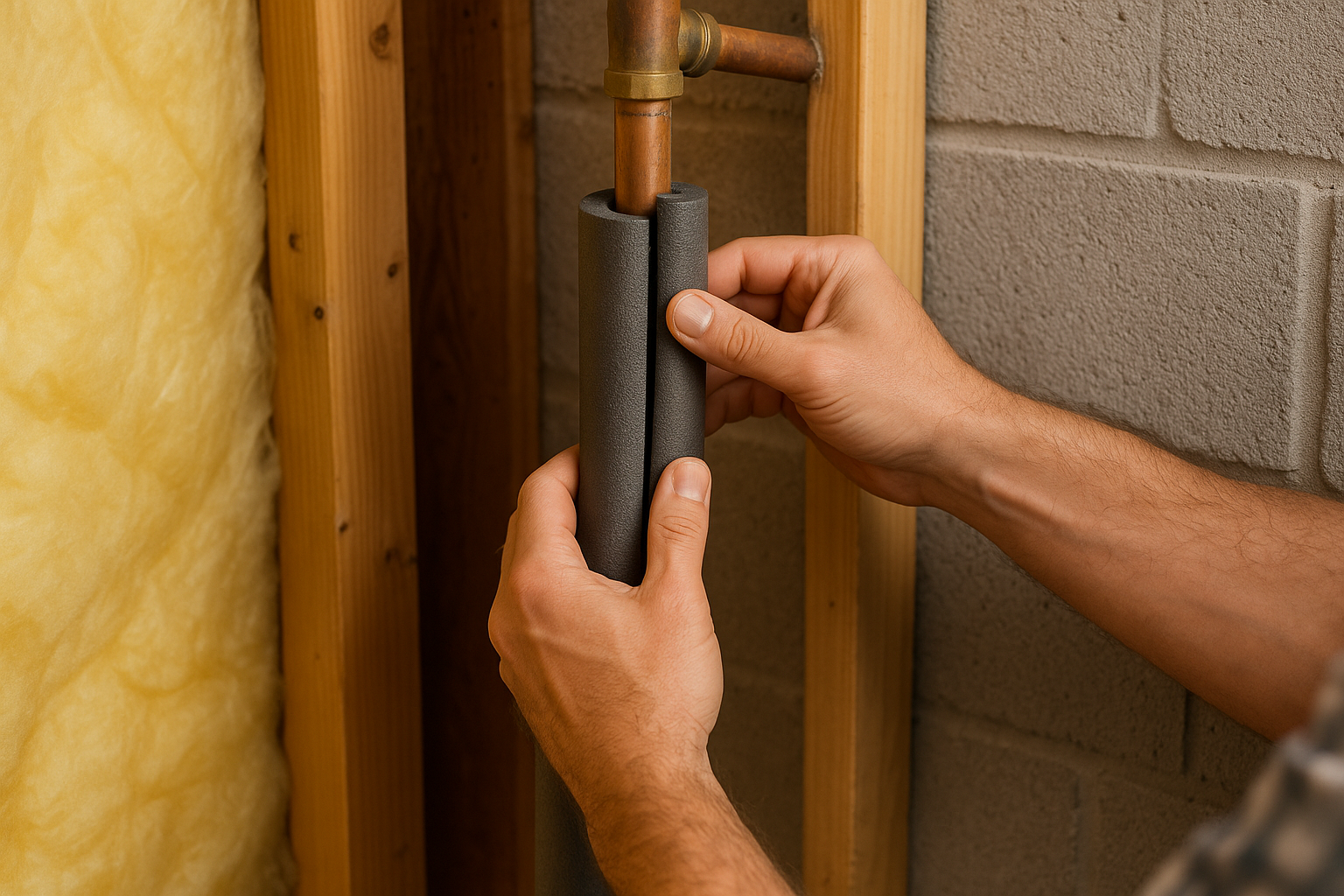 Put up the insulation of the Home Depot or Lowe’s and be sure to cover the exposed pipes from heat. A big problem that can be caused by burst pipes is resolved when we take these simple steps like this. They should be thoroughly investigated as well in case they have other issues.
Put up the insulation of the Home Depot or Lowe’s and be sure to cover the exposed pipes from heat. A big problem that can be caused by burst pipes is resolved when we take these simple steps like this. They should be thoroughly investigated as well in case they have other issues.
8. Check Your Roof
 Magically remove those roof parts that are broken or broken and which are leaking water. Fix any leaks to avoid additional and further problems during the winter season. Addressing small issues early can help prevent more costly repairs down the line; you can see typical expenses in our guide on how much a new roof costs.
Magically remove those roof parts that are broken or broken and which are leaking water. Fix any leaks to avoid additional and further problems during the winter season. Addressing small issues early can help prevent more costly repairs down the line; you can see typical expenses in our guide on how much a new roof costs.
9. Install Storm Windows and Doors
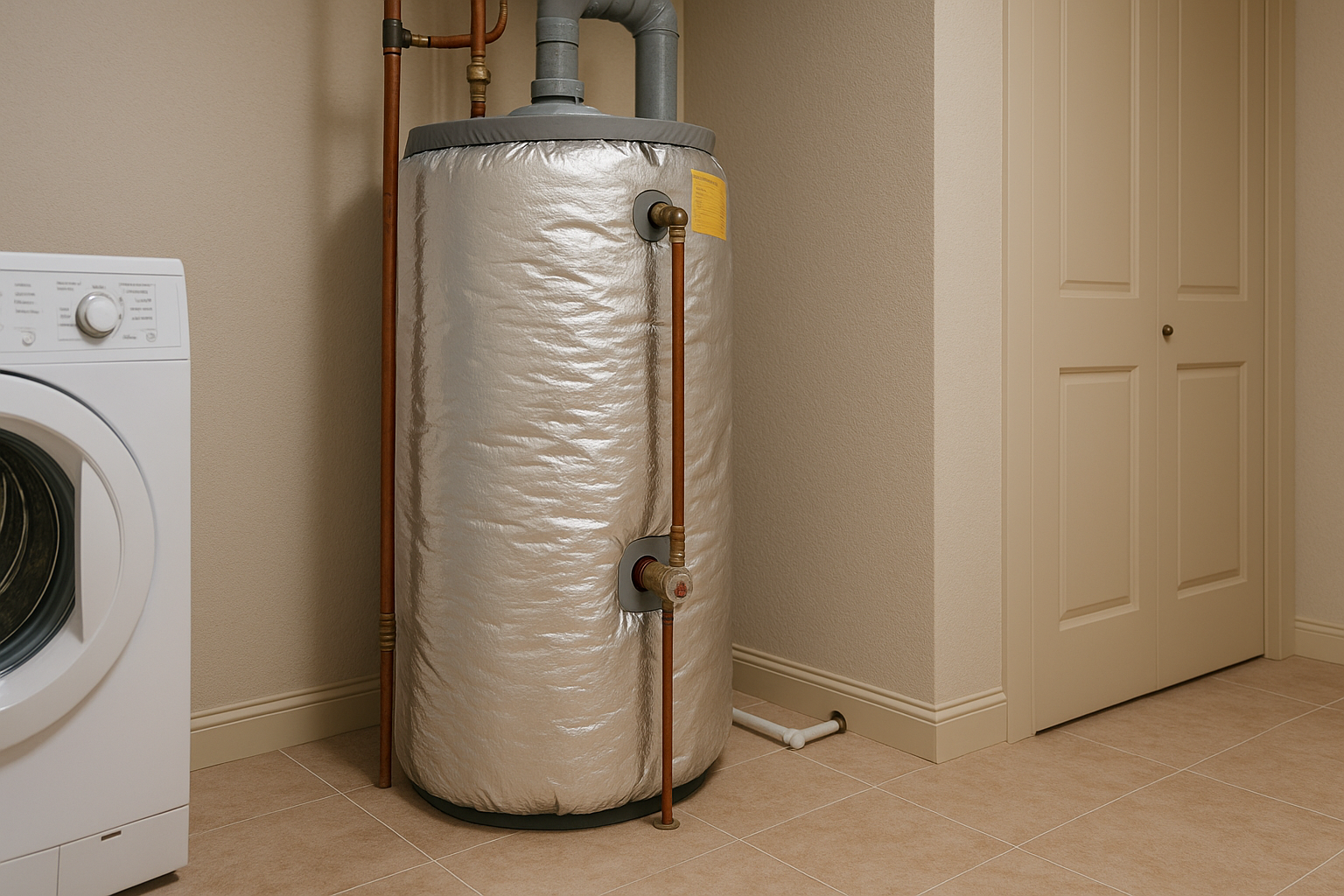 Reglaze the older windows well in advance with an extra layer of insulation, perhaps, or perhaps install storm windows if the glass is broken. You can do the same for doors exposed to the elements.
Reglaze the older windows well in advance with an extra layer of insulation, perhaps, or perhaps install storm windows if the glass is broken. You can do the same for doors exposed to the elements.
10. Seal Electrical Outlets
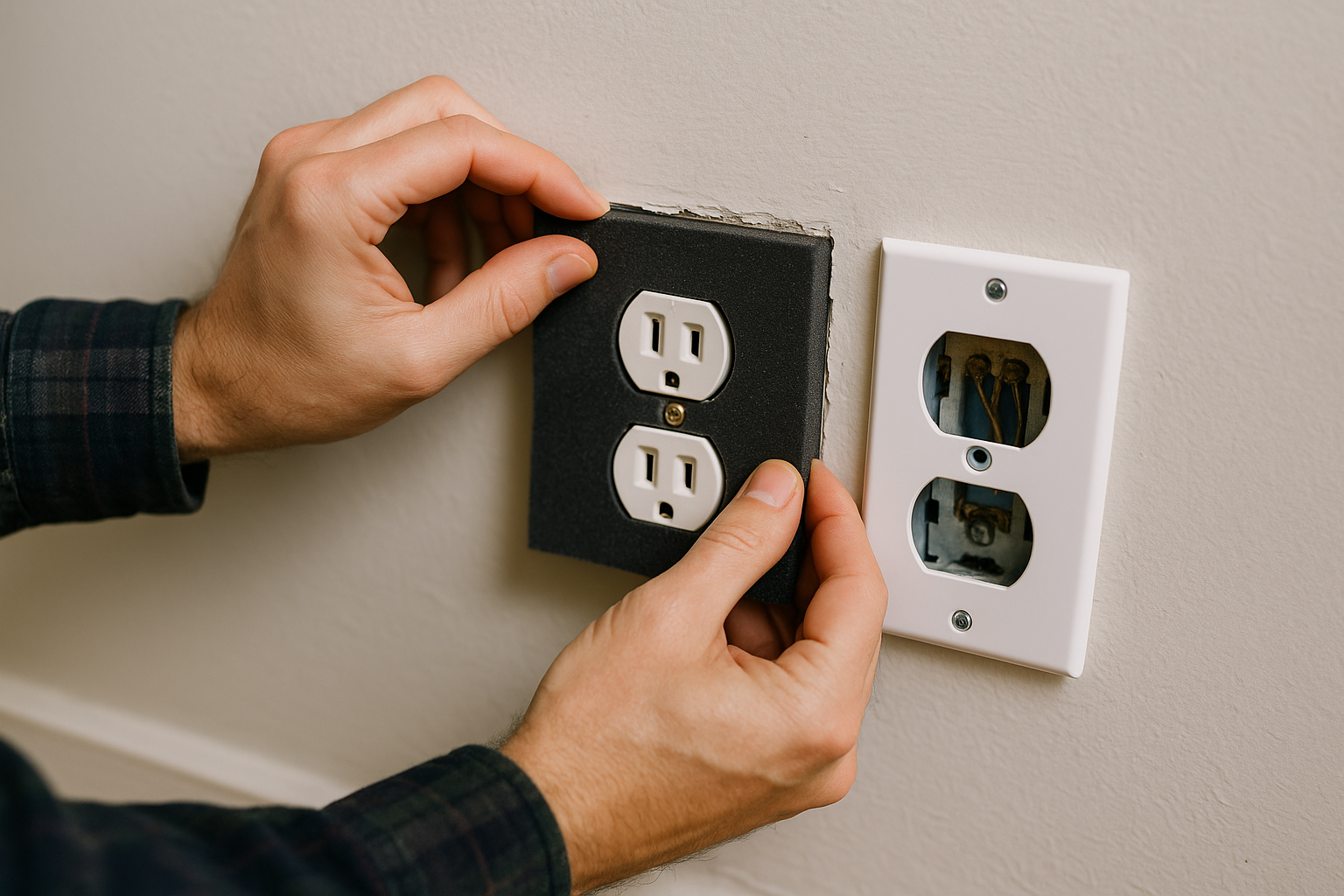 Be sure that the walls are insulated at the outlets. Use foam gaskets and cover these areas to keep the cold air from entering.
Be sure that the walls are insulated at the outlets. Use foam gaskets and cover these areas to keep the cold air from entering.
11. Tune Up Your Fireplace
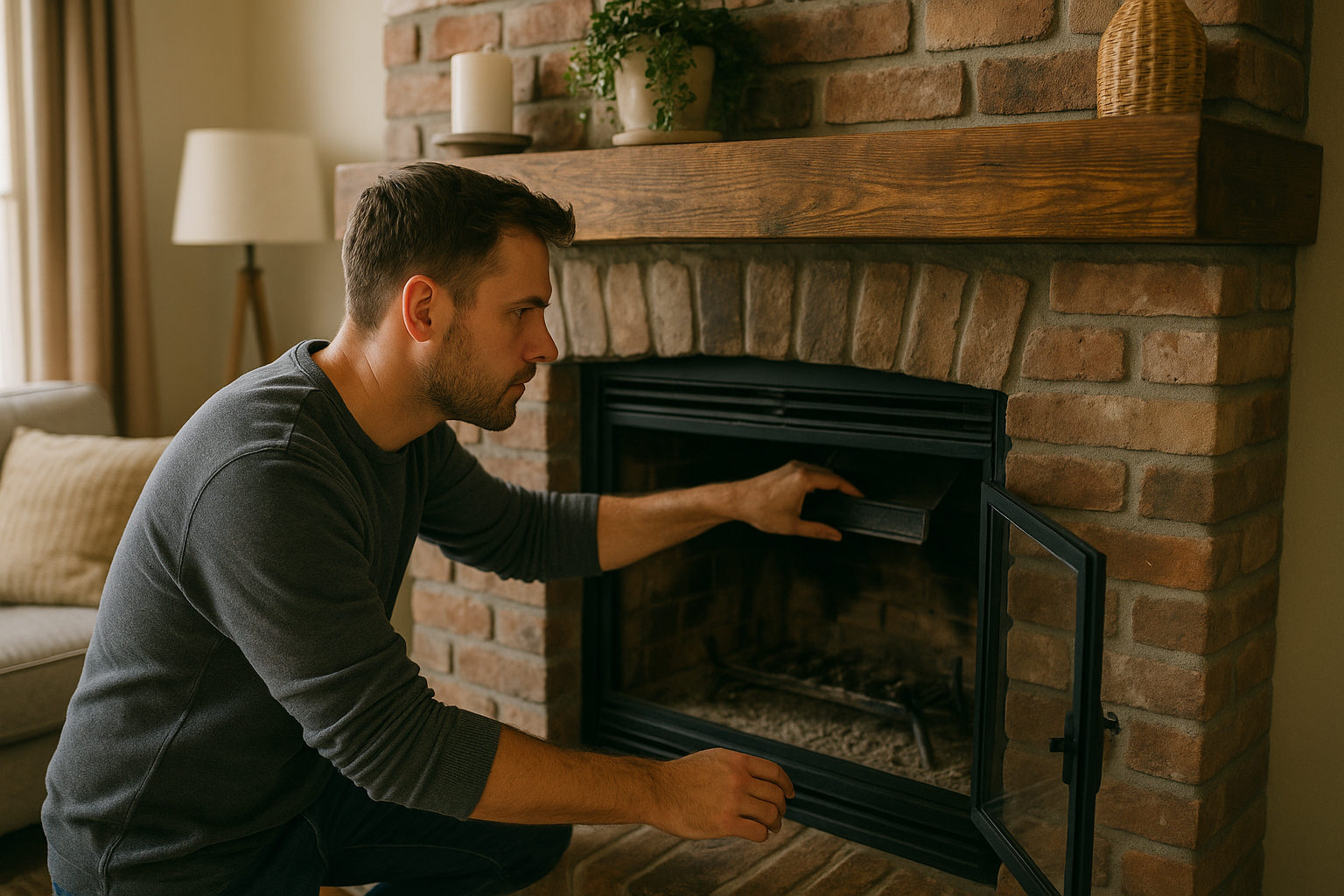 Examine your fireplace even if it is not in operation before winter. If you are going to use the fireplace, you will need to inspect the damper plus any doors or windows around the fireplace to make sure they are airtight. The Chimney Safety Institute of America (CSIA) provides important information on fireplace and chimney safety and maintenance.
Examine your fireplace even if it is not in operation before winter. If you are going to use the fireplace, you will need to inspect the damper plus any doors or windows around the fireplace to make sure they are airtight. The Chimney Safety Institute of America (CSIA) provides important information on fireplace and chimney safety and maintenance.
12. Insulate Water Heater
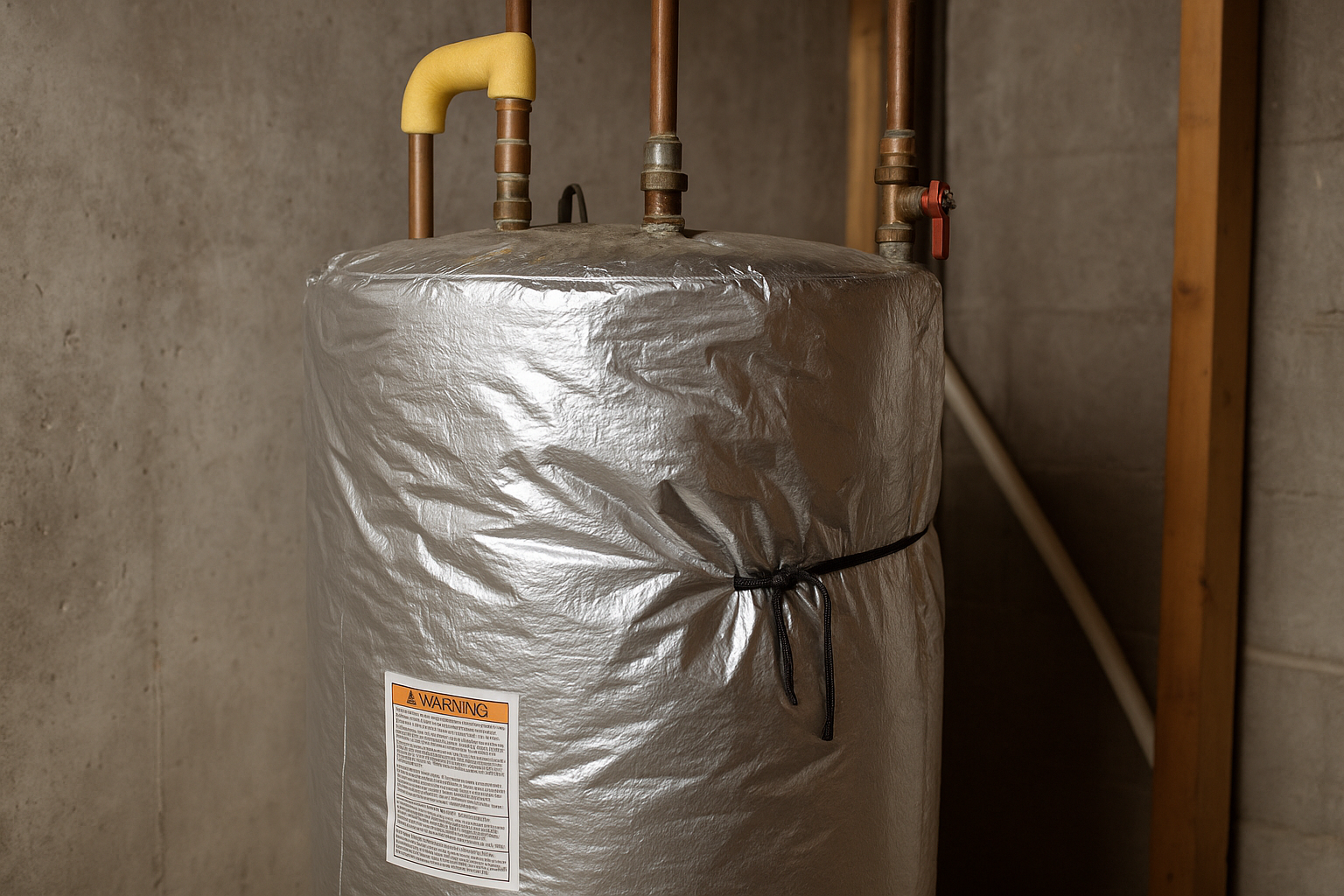 Dress your water heater up in one of those low-cost coats that were popular during the holidays. Whether it’s for money or for the environment, the goal of insulating a water heater is to protect and use energy efficiently. Be watchful of water heaters that are older.
Dress your water heater up in one of those low-cost coats that were popular during the holidays. Whether it’s for money or for the environment, the goal of insulating a water heater is to protect and use energy efficiently. Be watchful of water heaters that are older.
13. Prepare Your Outdoor Spaces
 Take care of your yard first of all when you the winterizing your home is in process. Besides doing this, shut off the water valves and cover or store outside furniture.
Take care of your yard first of all when you the winterizing your home is in process. Besides doing this, shut off the water valves and cover or store outside furniture.
14. Replace Furnace Filters
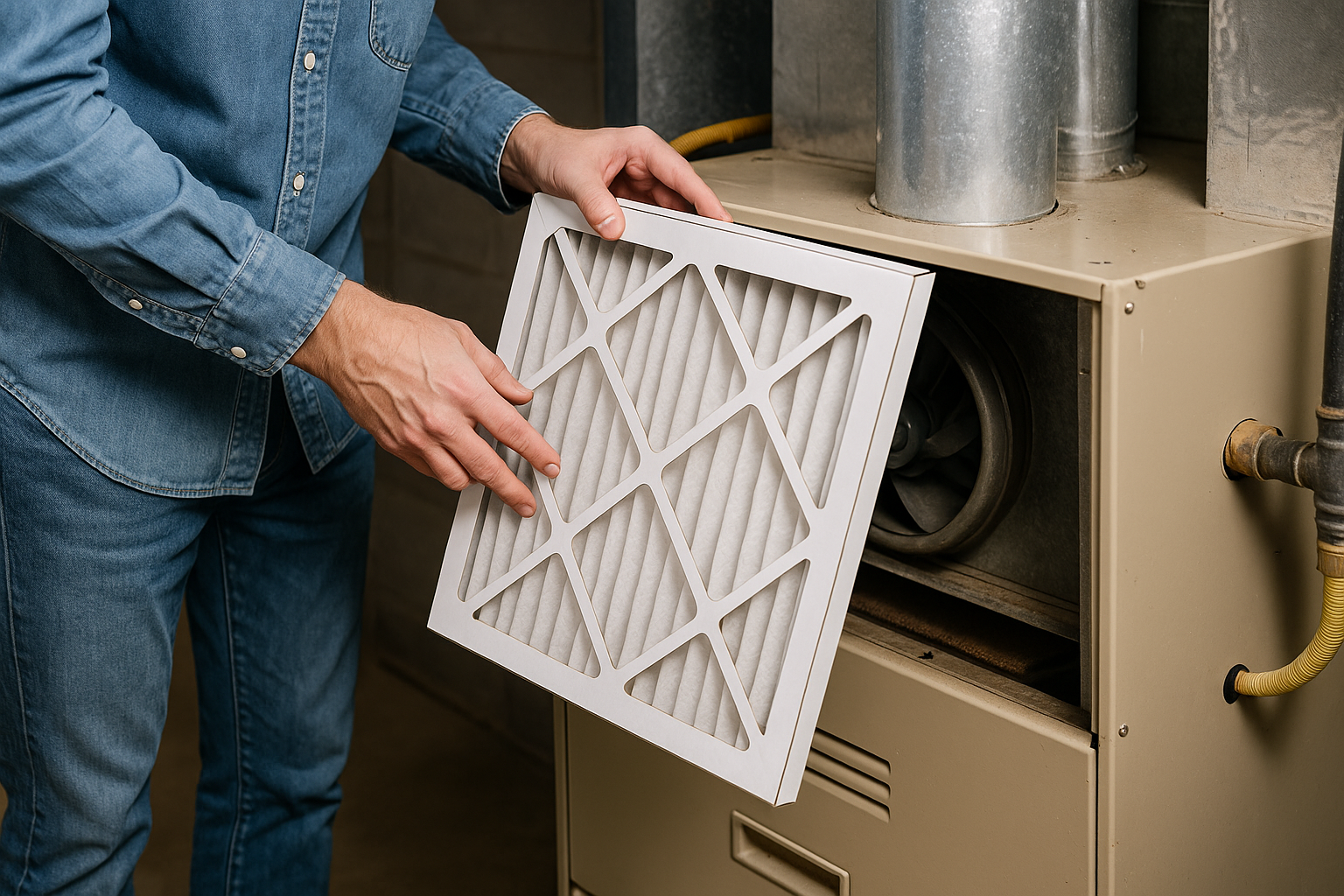 If you have ever been to a site of metalworking machinery, you know what an oil bath looks. A slow flow of air through the clean filters of the heater once a month creates a cleaner environment and lets in more fresh air, which means burning will be more efficient.
If you have ever been to a site of metalworking machinery, you know what an oil bath looks. A slow flow of air through the clean filters of the heater once a month creates a cleaner environment and lets in more fresh air, which means burning will be more efficient.
15. Stock Up on Winter Supplies
 Be very sure that winter supplies are not out of stock whether indoors or outdoors. Some of these products include not only snow shovels, ice melts, and extra blankets, but also a full-fledged emergency kit. Courteous moderation helps to be prepared for winter’s bad conditions.
Be very sure that winter supplies are not out of stock whether indoors or outdoors. Some of these products include not only snow shovels, ice melts, and extra blankets, but also a full-fledged emergency kit. Courteous moderation helps to be prepared for winter’s bad conditions.
16. Upgrade Your Home’s Insulation
Check Wall Insulation
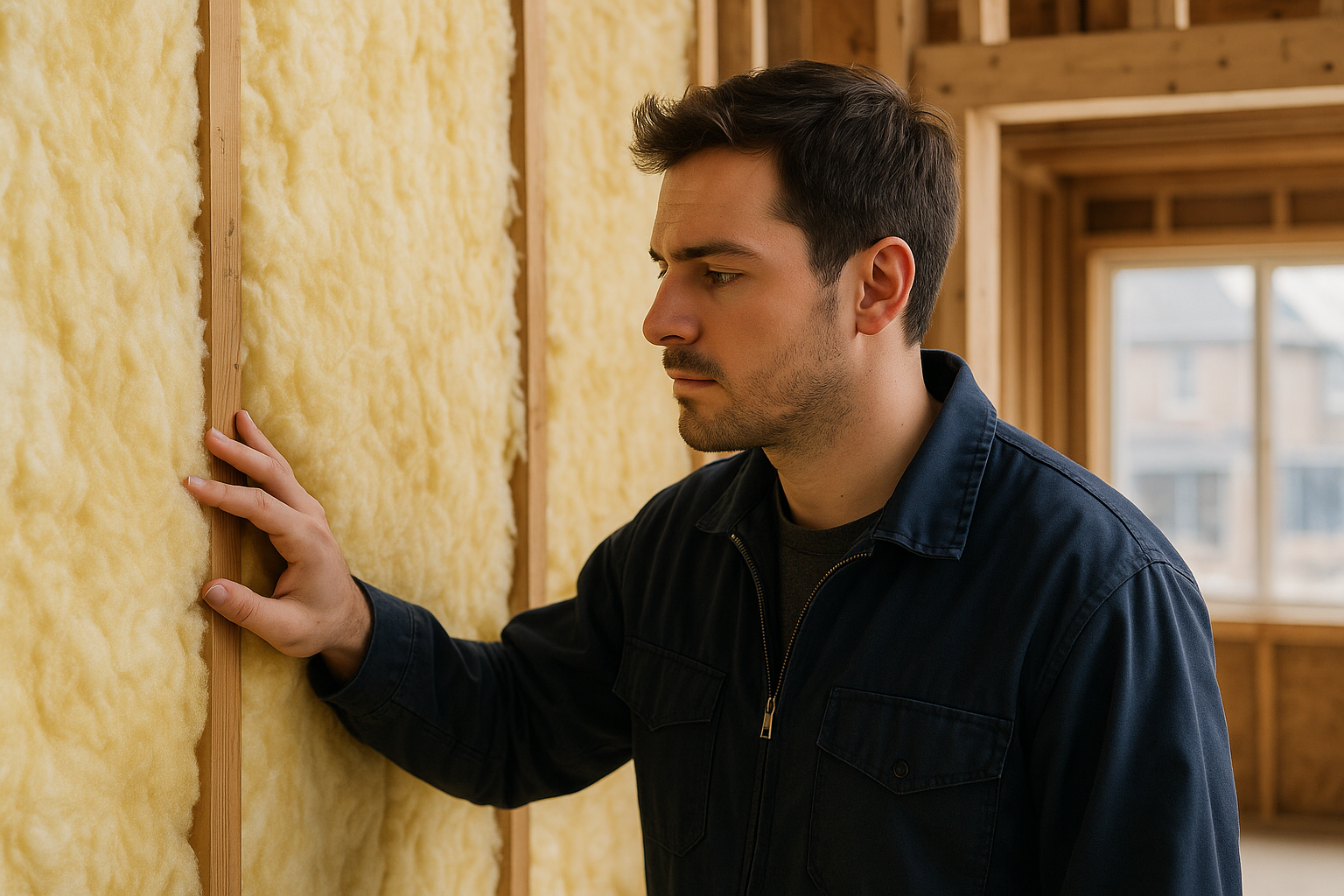 Look at the insulation in your walls. Insert more if necessary to hold the warmth inside during the cold season.
Look at the insulation in your walls. Insert more if necessary to hold the warmth inside during the cold season.
Insulate Crawl Spaces
 Do not neglect the crawl spaces. Here, the use of insulating material is recommended as it can draw the most energy saving benefits to your home.
Do not neglect the crawl spaces. Here, the use of insulating material is recommended as it can draw the most energy saving benefits to your home.
Consider Radiant Barriers
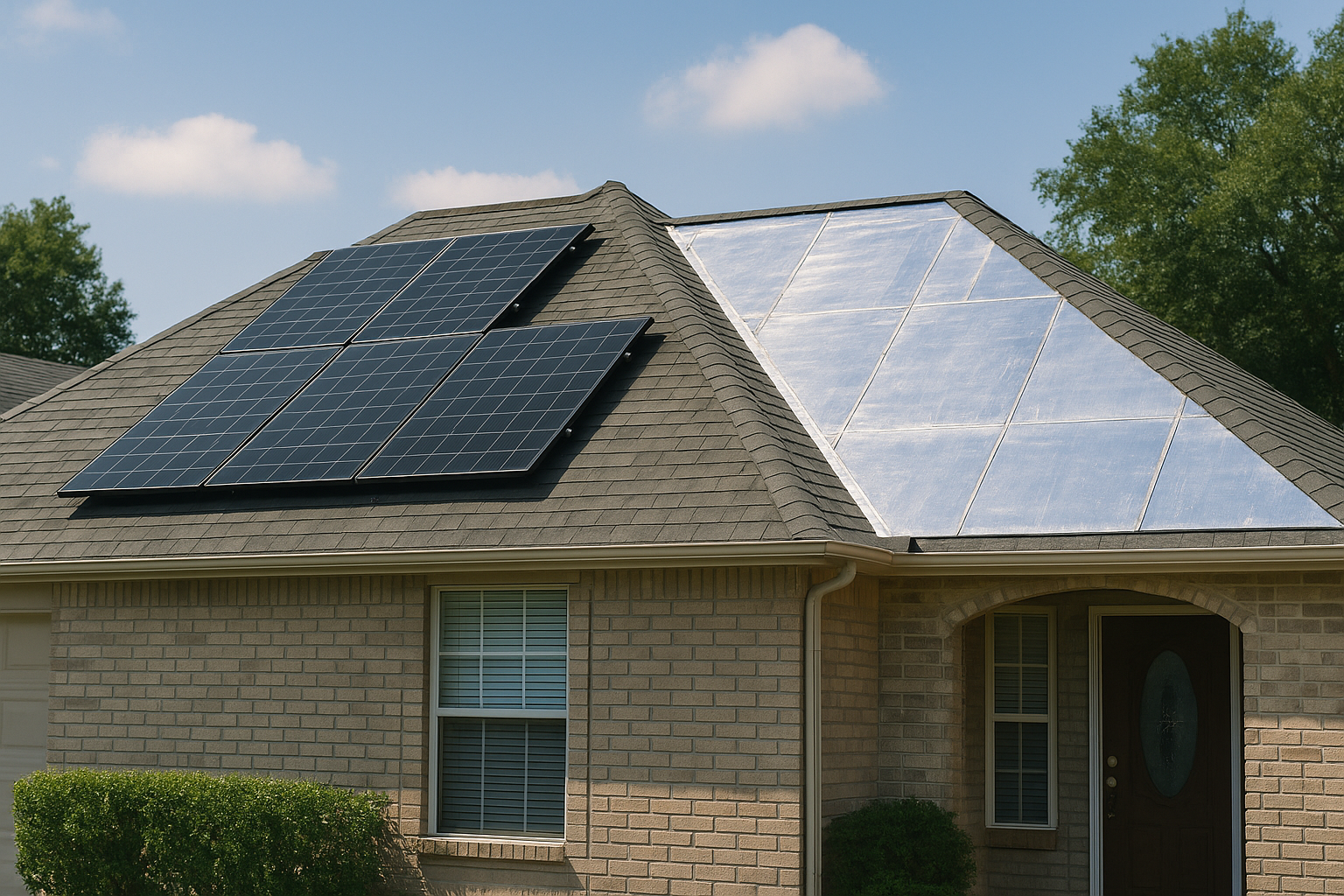 Follow the steps to make your green roof, for example, as well as possible in winter in two ways: reflect the heat in summer and keep it warm in winter.
Follow the steps to make your green roof, for example, as well as possible in winter in two ways: reflect the heat in summer and keep it warm in winter.
Upgrade Window Insulation
 When replacing your old single-paned windows with double- or triple-paned windows, you can make your home more energy-efficient by restricting the transfer of heat from the indoors to the outdoors.
When replacing your old single-paned windows with double- or triple-paned windows, you can make your home more energy-efficient by restricting the transfer of heat from the indoors to the outdoors.
Insulate Garage Doors
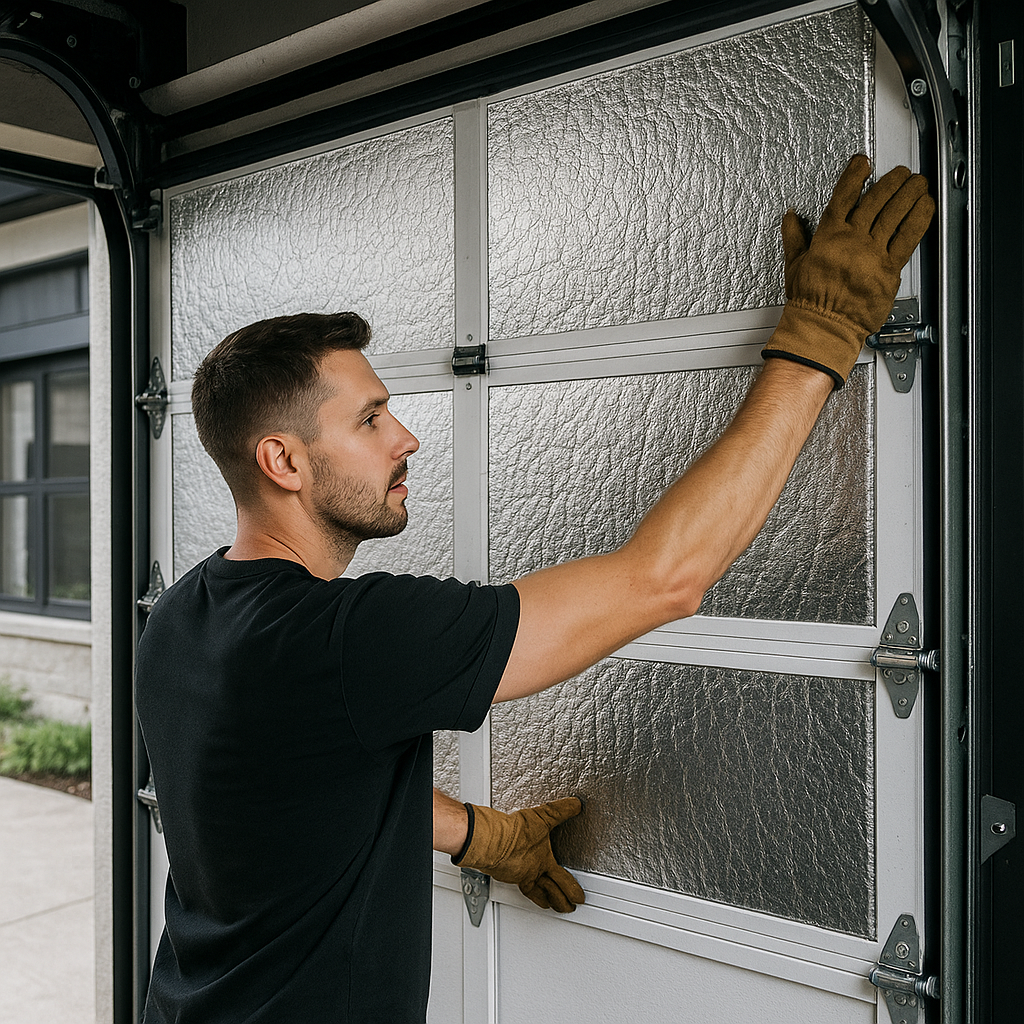
Install an insulating material, such as a garage door, to prevent the cold wind from entering your house through the garage.
17. Prepare Your Outdoor Areas for Winter
Protect Outdoor Furniture
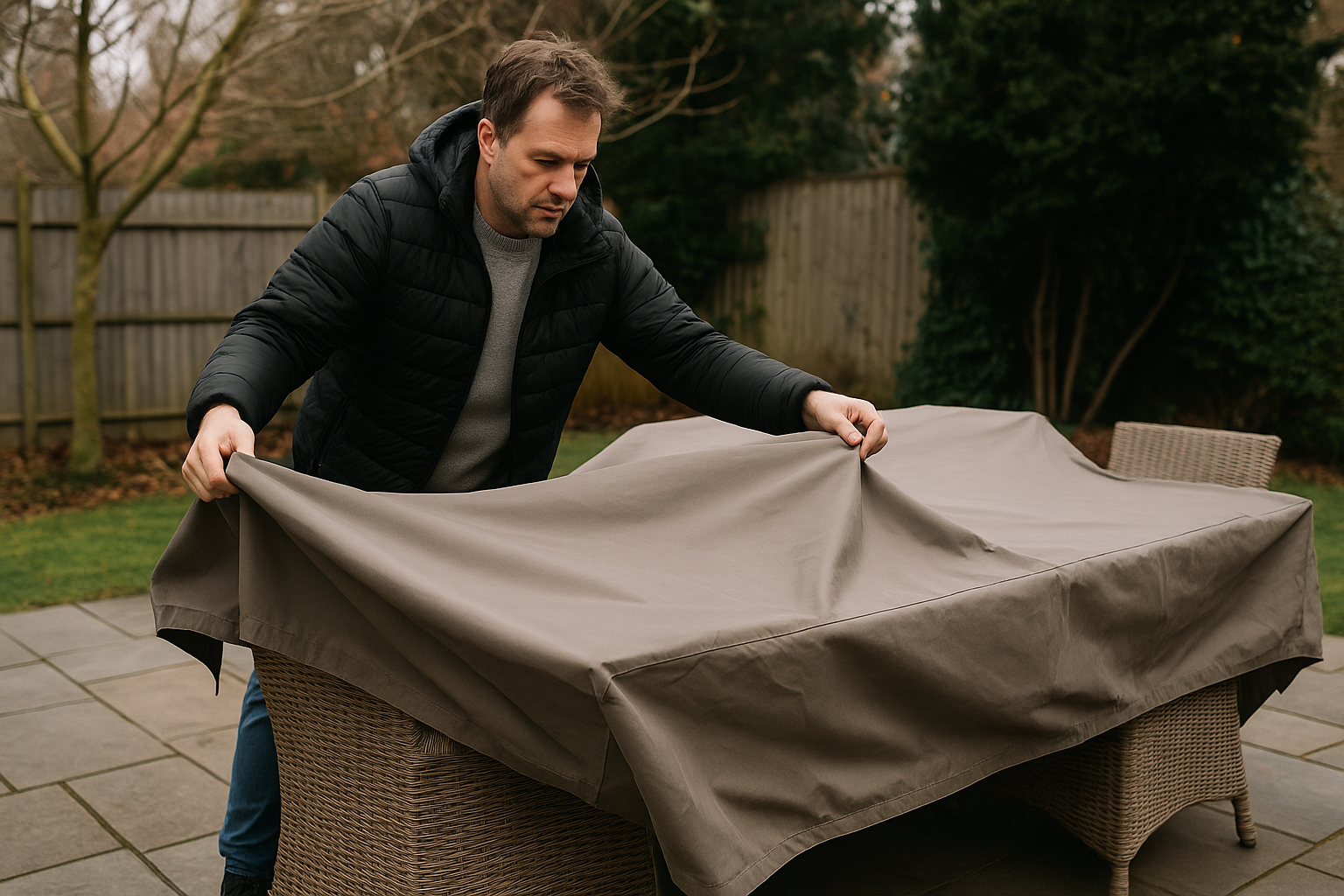 Cover or store outdoor furniture so that they stay resistant to the weather through the strongest wintertime, thus, being the functional assets for a longer time.
Cover or store outdoor furniture so that they stay resistant to the weather through the strongest wintertime, thus, being the functional assets for a longer time.
Winterize Your Garden
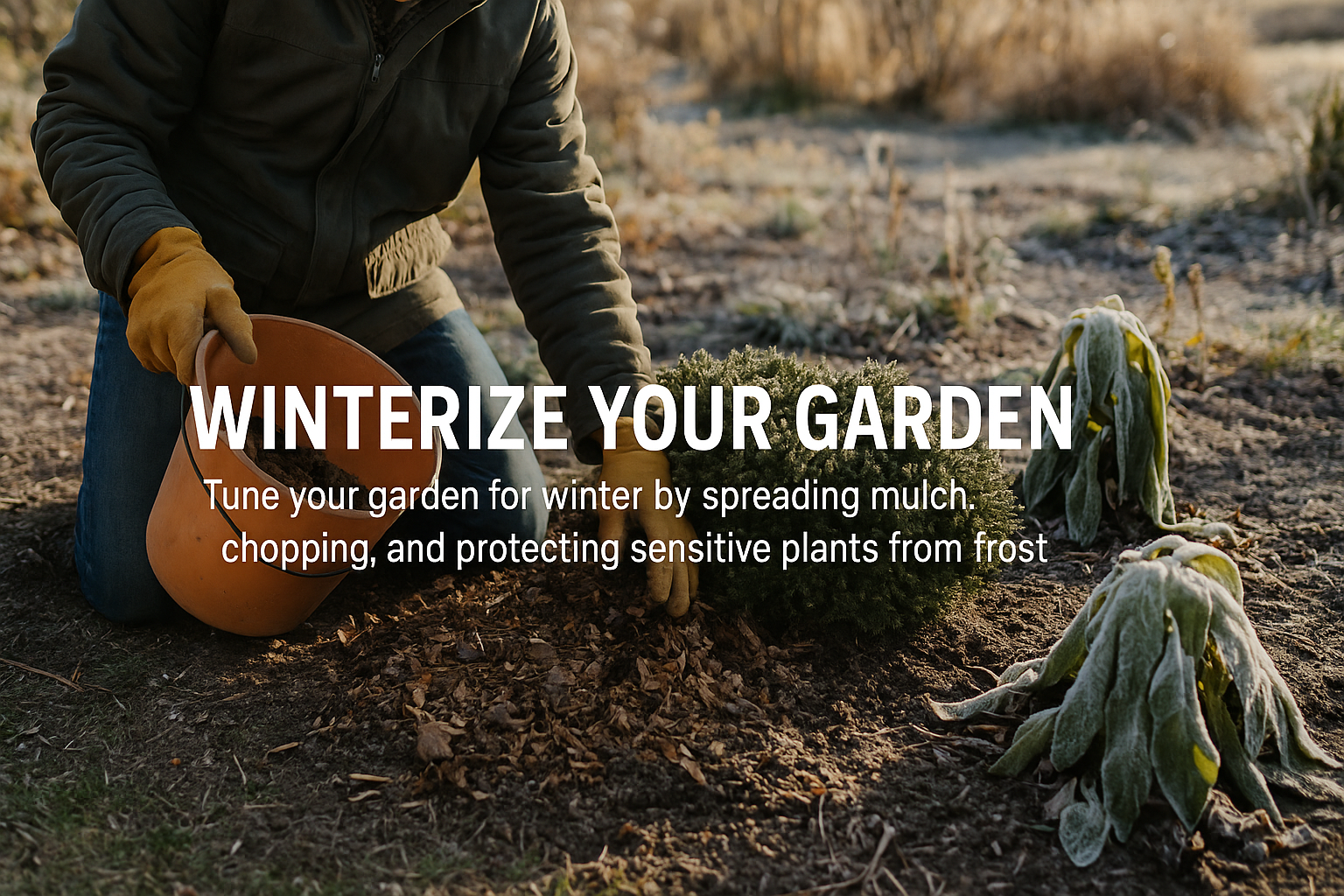
Tune your garden for winter by spreading mulch, chopping, and protecting sensitive plants from frost.
Clean and Store Garden Tools
 Properly clean, sharpen, and store your garden tools to prevent the metals from getting rust and make them work for the spring, but not vice versa.
Properly clean, sharpen, and store your garden tools to prevent the metals from getting rust and make them work for the spring, but not vice versa.
Prepare Your Lawn
 Some things that you could do would be to aerate, fertilize, and seed your lawn to make sure it has a great head start in spring. For year-round tips on keeping your outdoor spaces looking great with less effort, check out our article on low-maintenance landscaping ideas.
Some things that you could do would be to aerate, fertilize, and seed your lawn to make sure it has a great head start in spring. For year-round tips on keeping your outdoor spaces looking great with less effort, check out our article on low-maintenance landscaping ideas.
Install Outdoor Lighting
 Install outdoor lighting to mark walkways and entrances, and to be a big help in the dark nights during winter.
Install outdoor lighting to mark walkways and entrances, and to be a big help in the dark nights during winter.
18. Optimize Your Home’s Energy Efficiency
Conduct an Energy Audit
 Analyze your home environment energy efficiency with an energy audit to expose spots where heat dispersion is happening and to improve your energy efficiency.
Analyze your home environment energy efficiency with an energy audit to expose spots where heat dispersion is happening and to improve your energy efficiency.
Upgrade to LED Lighting
 Eliminate old incandescent lamps and replace them with energy-saving LED luminaries that will help decrease your electricity consumption and lessen your electricity bills in the winter season.
Eliminate old incandescent lamps and replace them with energy-saving LED luminaries that will help decrease your electricity consumption and lessen your electricity bills in the winter season.
Install Smart Power Strips
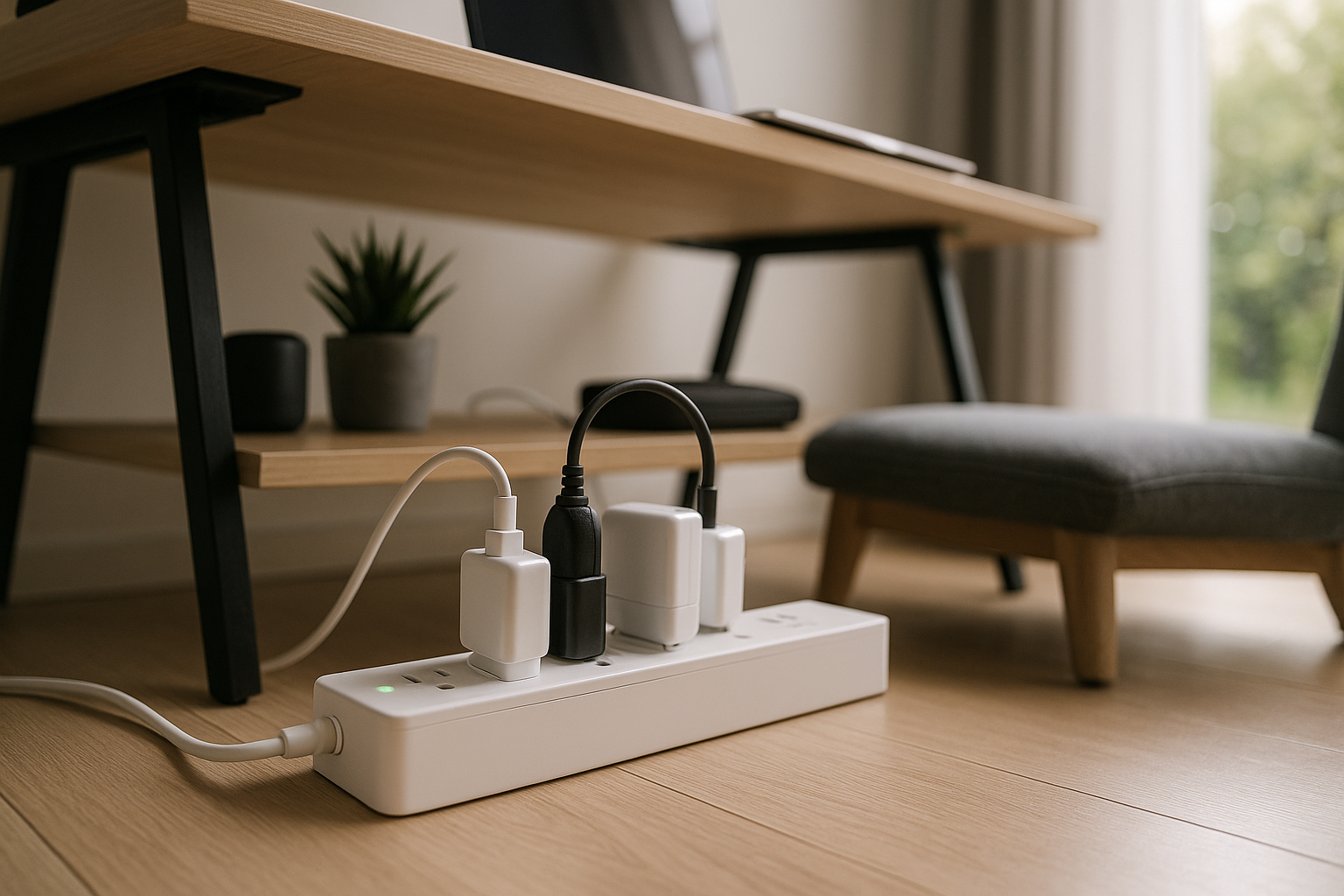 Own and consume your E-power devices and gadgets while making sure you have turned them on and off as required.
Own and consume your E-power devices and gadgets while making sure you have turned them on and off as required.
Seal Ductwork
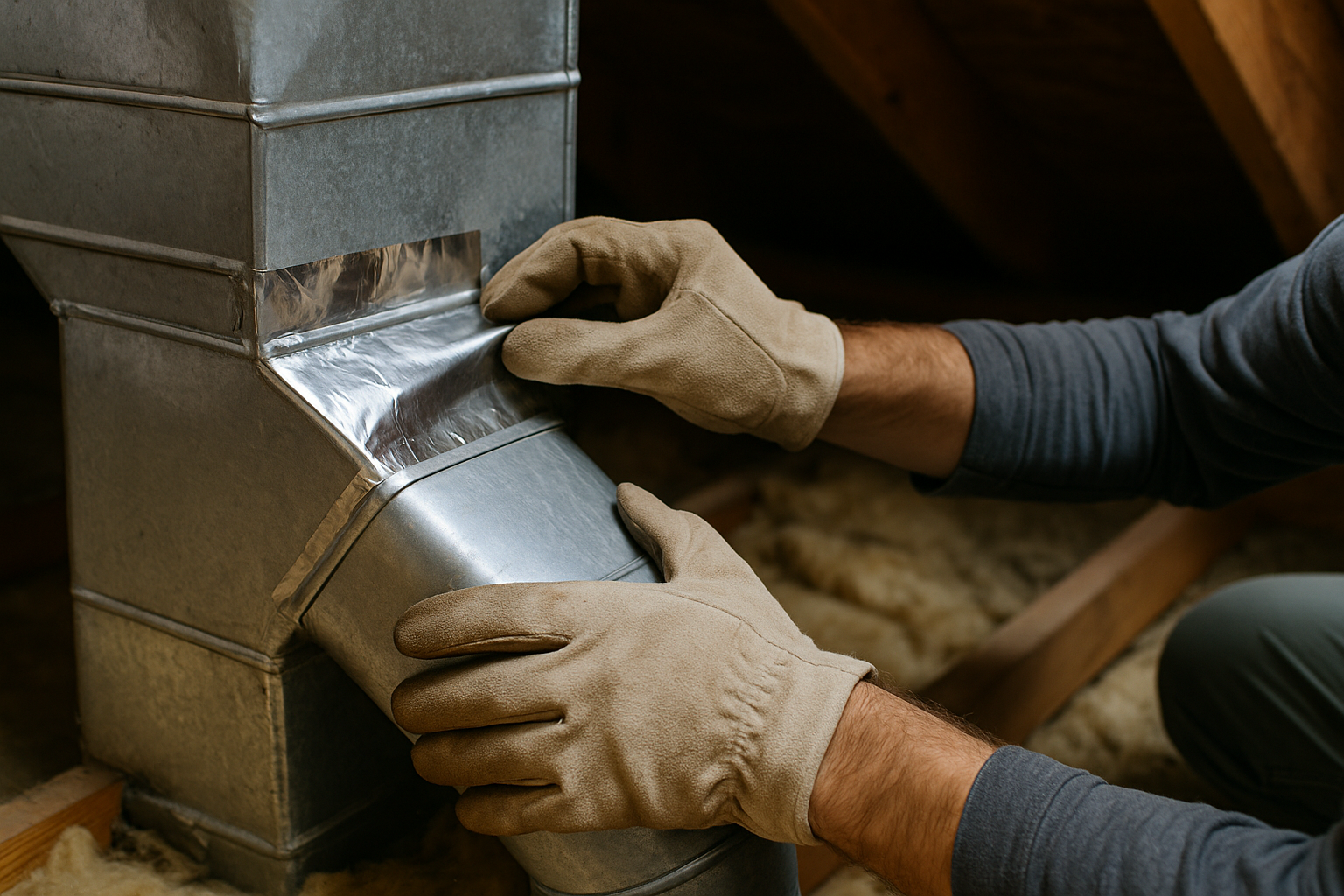 Inspect for leaks, which may often happen, and seal the leaks to get your heating systems running at their full potential.
Inspect for leaks, which may often happen, and seal the leaks to get your heating systems running at their full potential.
Use Thermal Curtains
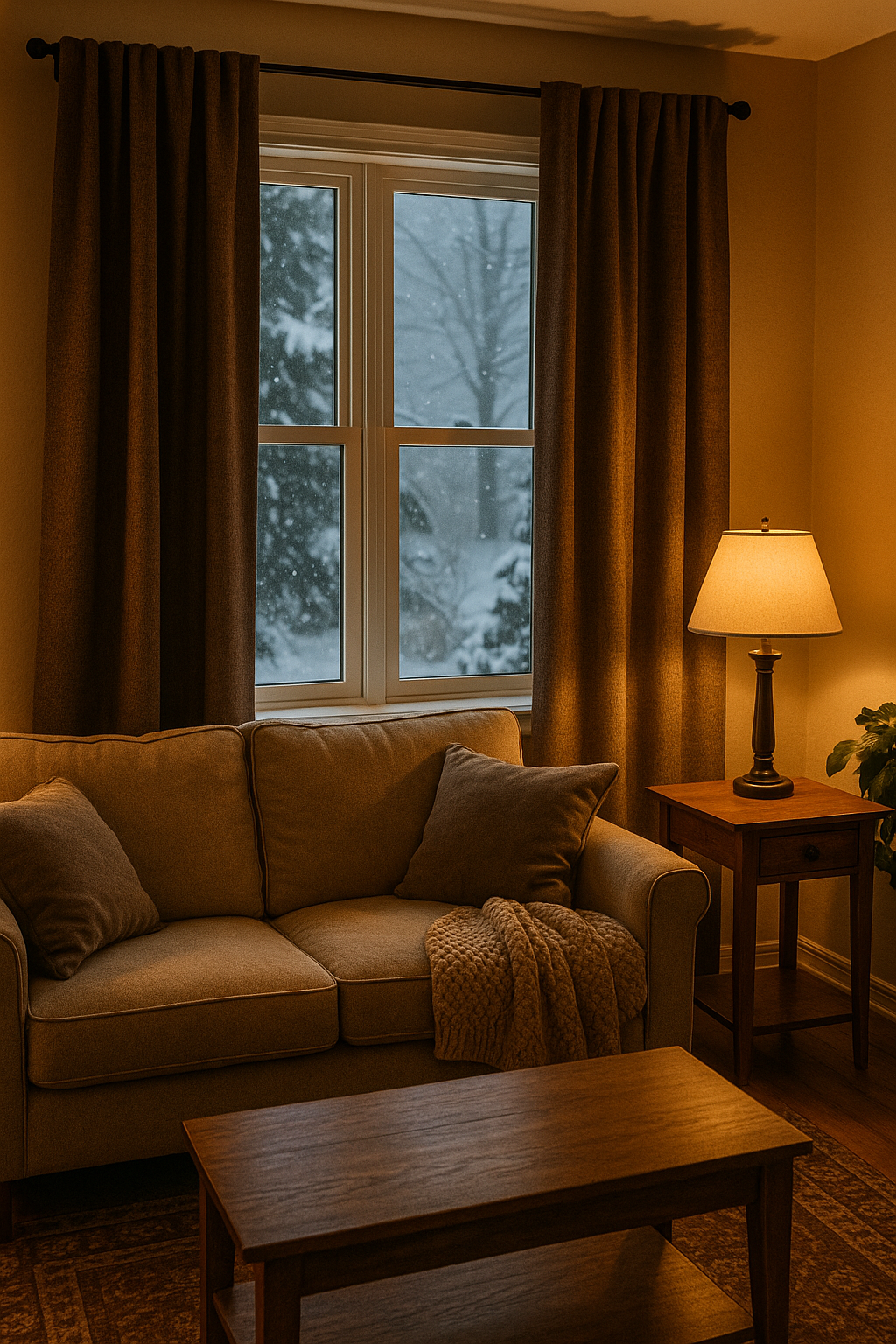 Try putting thermal curtains on your windows, so it is like having an extra layer of insulation to help the heat stay inside your home all winter nights.
Try putting thermal curtains on your windows, so it is like having an extra layer of insulation to help the heat stay inside your home all winter nights.
Conclusion
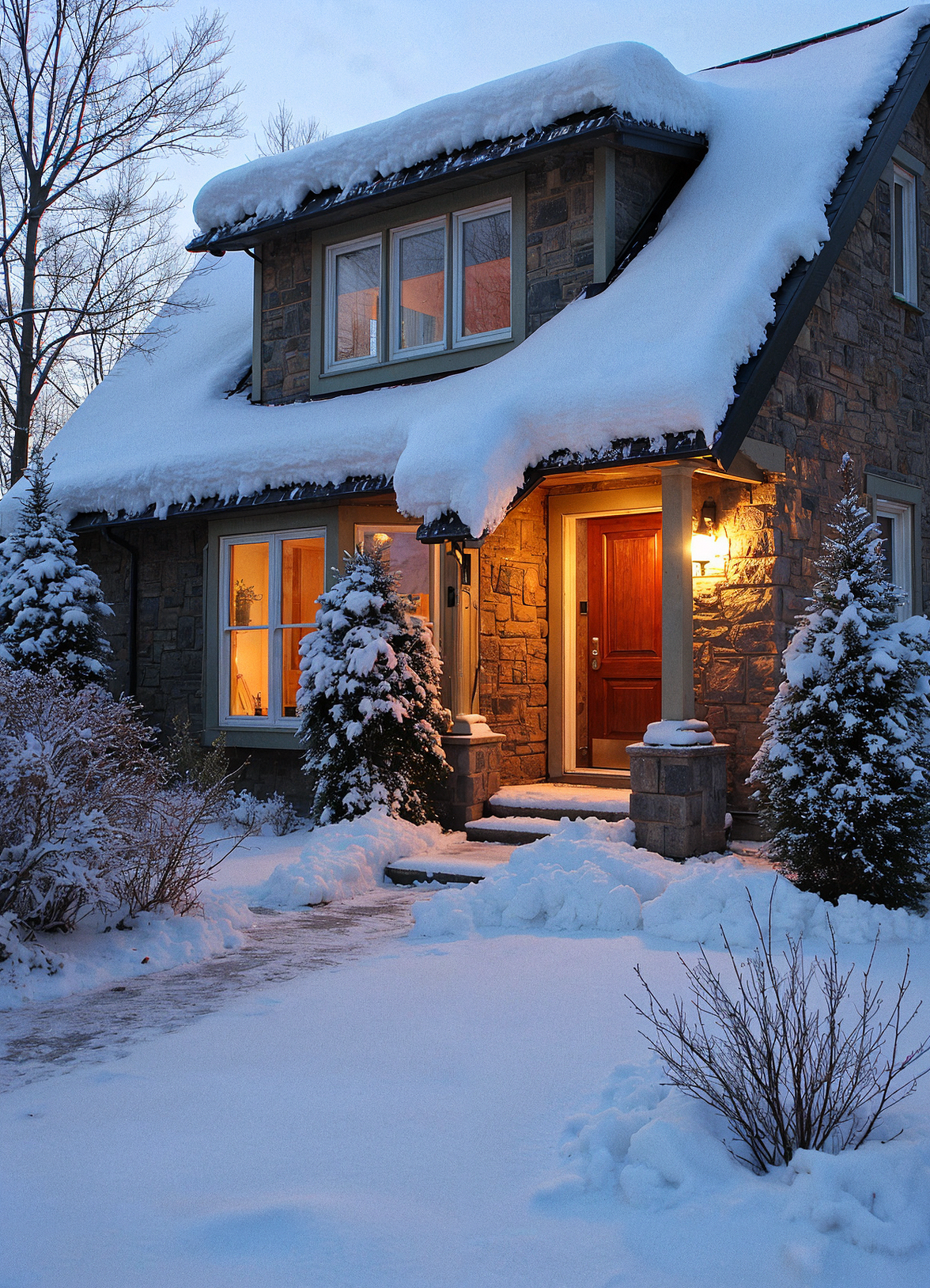 Winterizing your home is a rational tactic to keep yourself warm and save money both during and even after the cold weather. Giving homeowners a list of winterized houses that they should adhere to to stay calm during the winter is a good suggestion. Besides, the windows are well-sealed and pipelines are well-insulated so as not to disperse heat; thus, these wintering home tips help enhance overall comfort and cut energy bills. Do not forget that the first step to a successful winter is to be ahead, and the first step that leads to success is to be complete in preparing. For more ideas on making cost-effective choices for your home overall, check out our article on affordable home decor ideas.
Winterizing your home is a rational tactic to keep yourself warm and save money both during and even after the cold weather. Giving homeowners a list of winterized houses that they should adhere to to stay calm during the winter is a good suggestion. Besides, the windows are well-sealed and pipelines are well-insulated so as not to disperse heat; thus, these wintering home tips help enhance overall comfort and cut energy bills. Do not forget that the first step to a successful winter is to be ahead, and the first step that leads to success is to be complete in preparing. For more ideas on making cost-effective choices for your home overall, check out our article on affordable home decor ideas.
FAQs
What could be the best way to winterize a house?
To make your rooms as warm as you like, select insulation, airtightness, and properly working heating systems as your top concerns.
When do I need to start winterizing my home?
You had better take the initiative to winterize your home early in autumn when the first frost has not come yet.
How do I winterize my home without breaking the bank?
You can start by doing such inexpensive projects as checking the condition of the windows, making “door sausages,” and especially setting up the programmer thermostat is the smartest thing you can do.
How often do I need to check my house’s winterization?
Make it a habit to go once every year through your home’s winterization before winter comes again.
Is winterizing really a means to save money on energy bills?
Absolutely, it was the type of winterization that cuts the energy used by half and slash the bills by about the same proportion.
What are the tools necessary for winterizing a house?
The things that may come in handy are items like caulk, weatherstripping, insulation, and yes, the programmable thermostat too.
Do not wait for winter to come! These 18 smart tips will help you get your home ready for winter right away. Keep your home warm, your energy costs low, and your family happy all season long. These easy steps are very helpful whether you own your home or rent. Do something now to make your home warmer and more energy-efficient this winter.











